Following a demonstration that took place at the Stallions statue on Nov. 6, Texas State responded in a way that raises concerns about the administration’s seriousness toward student safety and the tolerance of hate speech.
The two males leading the demonstration were with the Official Street Preachers. The organization’s website is dedicated to political and religious articles. On campus, they held hateful signs to get a reaction from students.
As a public university, Texas State is required to allow free speech and open expression, while maintaining campus safety.
A statement sent to the Texas State community read, “Texas State University’s highest priority is the safety of our students, staff, and faculty at all times. TXST supports the First Amendment and is required by state law to uphold freedom of speech in public areas on our campuses, even if such speech may understandably offend some members of our campus community.”
Joel DeLeon, a member of the Texas State Black Student Union, said the demonstration on Wednesday had an emotional effect on students who may not feel safe or heard by the administration.
“It’s hard enough feeling like you don’t belong here sometimes, and then these people show up saying things like ‘women are property,'” DeLeon said.
While students have passionately rallied for justice on campus, such as the pro-Palestine sit in, the university has shown certain bias and has failed to adequately address the rampant use of hate speech on campus, particularly in areas like the Stallions statue.
How is it that two outsiders are allowed onto campus to spread hate messages, but Texas State seems unwilling or unable to protect its own students from hate? This double standard will not stand.
It is strikingly evident that Texas State needs to create a more inclusive environment while protecting free speech on campus to ensure equitable and just responses.
The indifference to harmful language directly undermines the university’s commitment to fostering an inclusive environment. Addressing the hostile rhetoric students encounter on campus is critical to ensuring safety and upholding the values of equity and respect.
Across the country, students have taken action after university administrations failed to address hate driven incidents. At the University of Missouri, protests over repeated racism led to administrative resignations, and at Syracuse University students staged protests in response to racist graffiti.
When institutions fail in handling issues of hate speech and discrimination, it creates a loss of faith among students. Permitting such groups to have a platform to spread hate speech emboldens them and leaves students feeling unsafe.
Reverend Todd Salmi, of the United Campus Ministry, was among those who counter-protested.
“I stood up against the demonstrators because their message attempted to intimidate and scandalize, rather than reason and persuade,” Salmi said. “These demonstrators feed off of hatred and attention.”
Texas State should implement clear anti-harassment policies, and offer free speech inclusion training and expression forums that would ensure both safety and free speech. These policies would assure a proper balance between the right to speak freely and protection for all students.
At the University of Michigan, for example, protections for student rights and protections under the First Amendment are balanced through anti-harassment policies, the reporting of bias incidents and providing educational programs on the subjects of free expression and inclusion. These moves protect speech while taking into consideration harassment and discrimination.
Texas State needs to revisit its policy and find a balance between free speech and student safety. The First Amendment will continue to protect free expression, but it does not mean universities are exempt from ensuring hate speech does not create a climate of intimidation and fear.
–Aubrey Haynes is a social work freshman
The University Star welcomes Letters to the Editor from its readers. All submissions are reviewed and considered by the Editor in Chief and Opinions Editor for publication. Not all letters are guaranteed for publication.



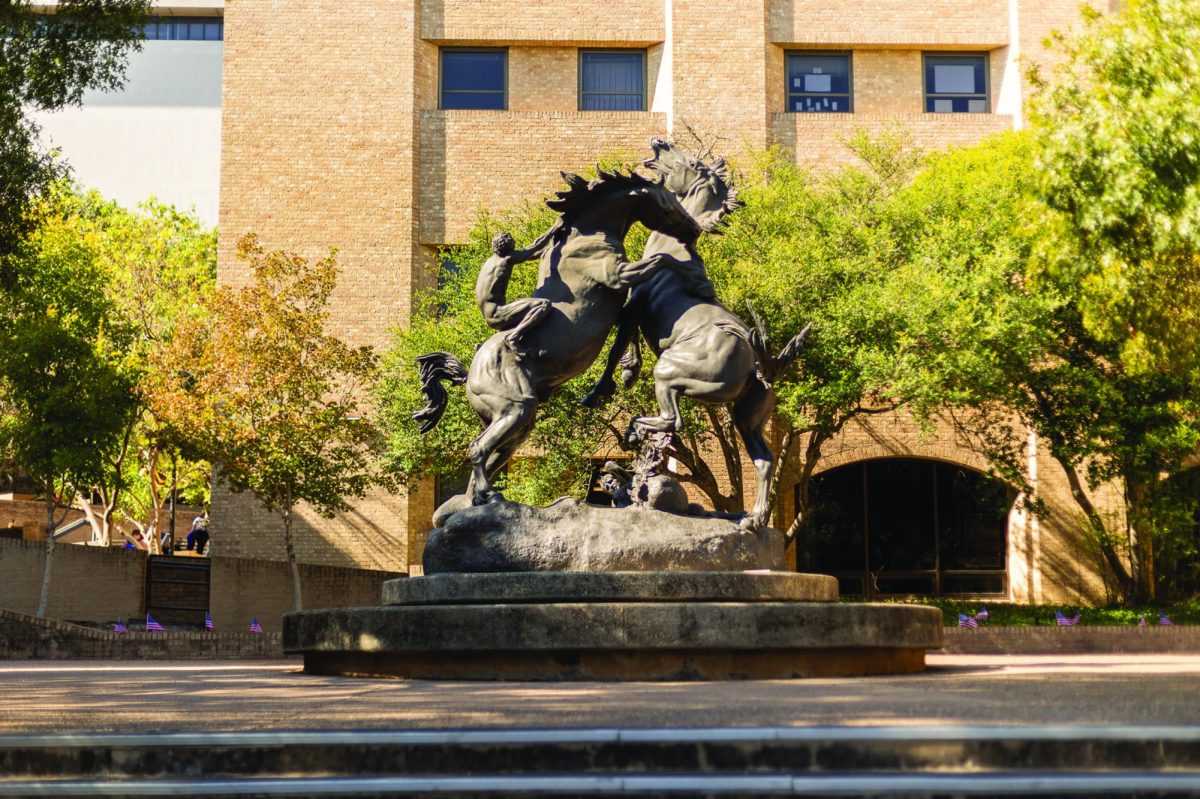


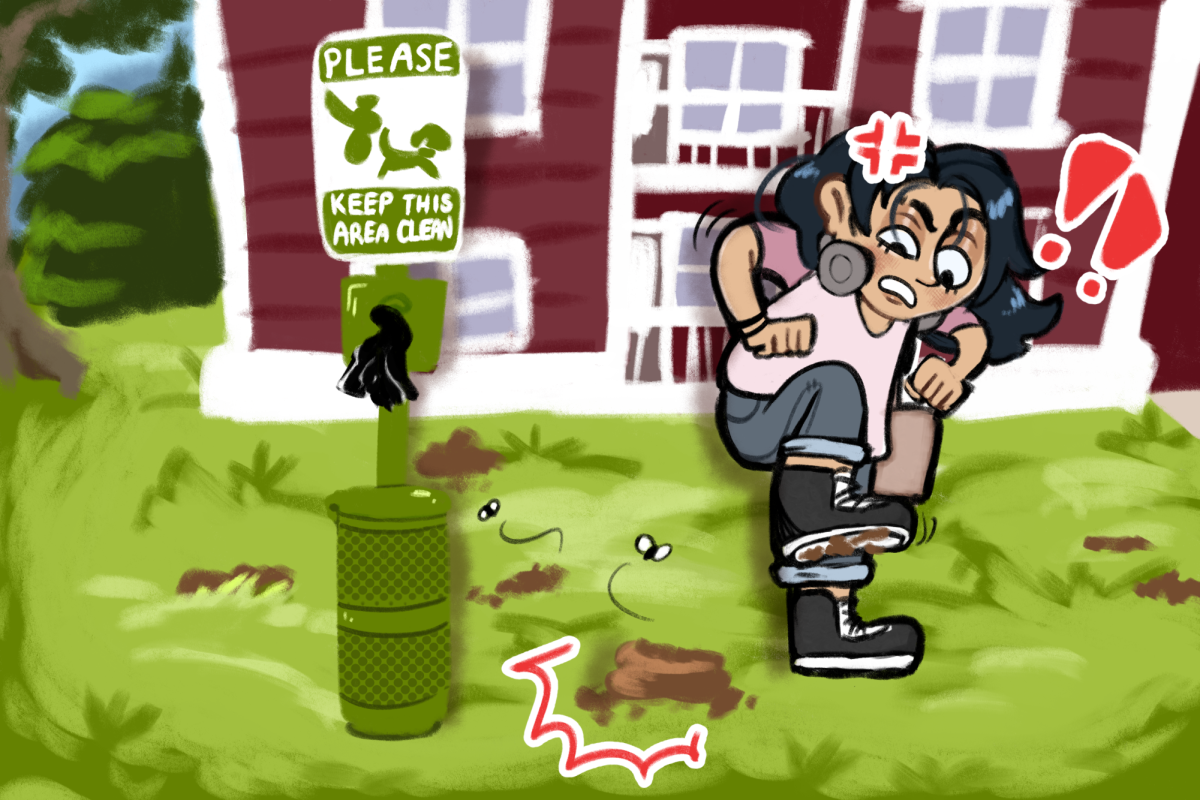
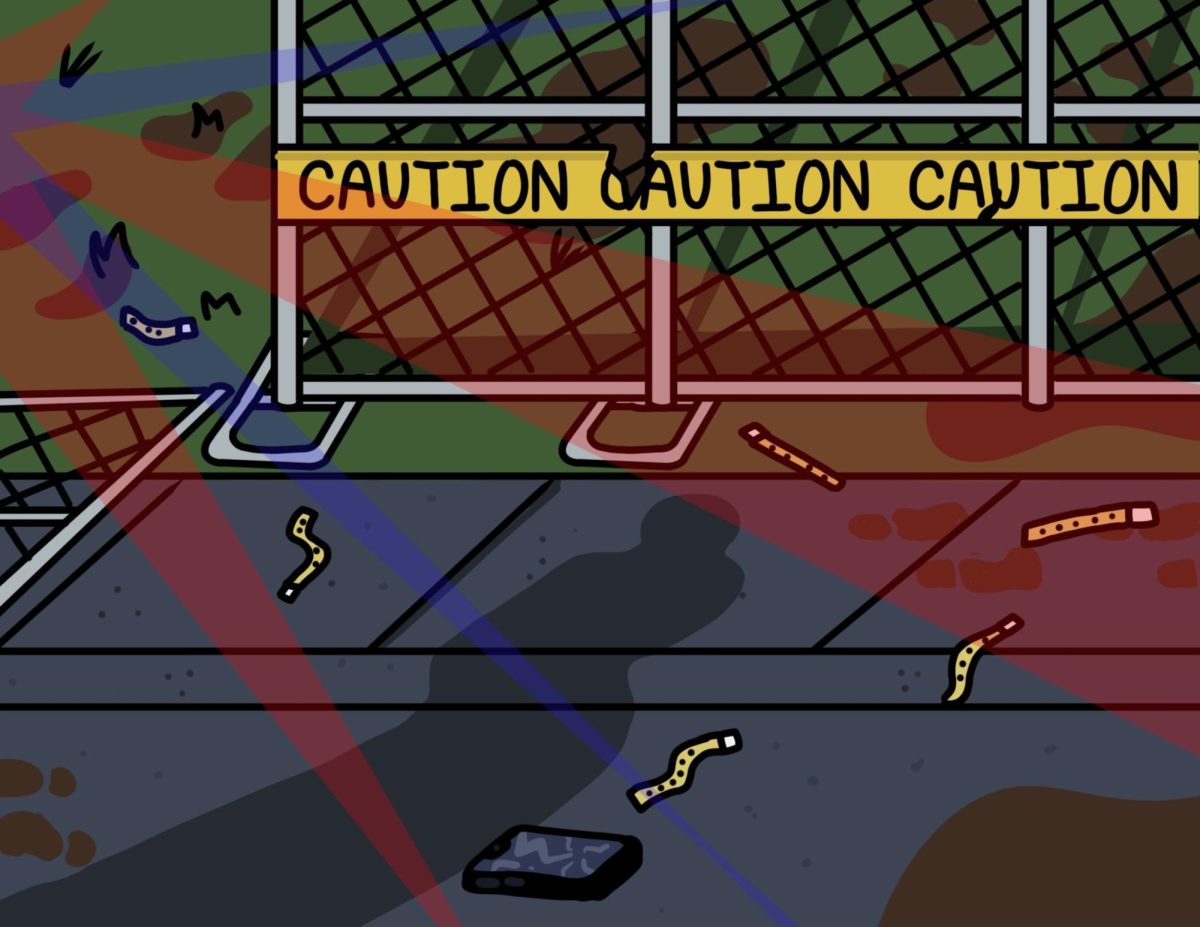









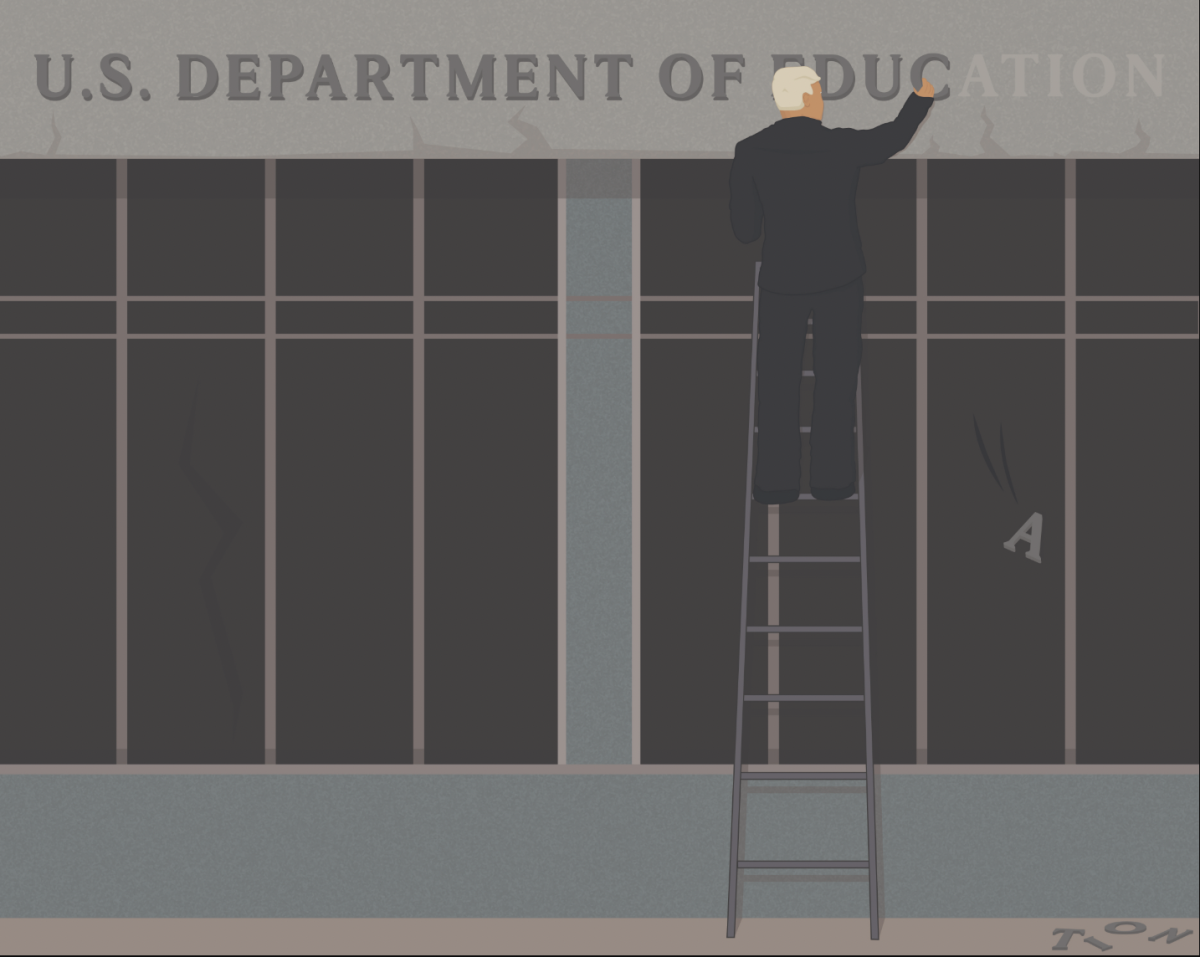
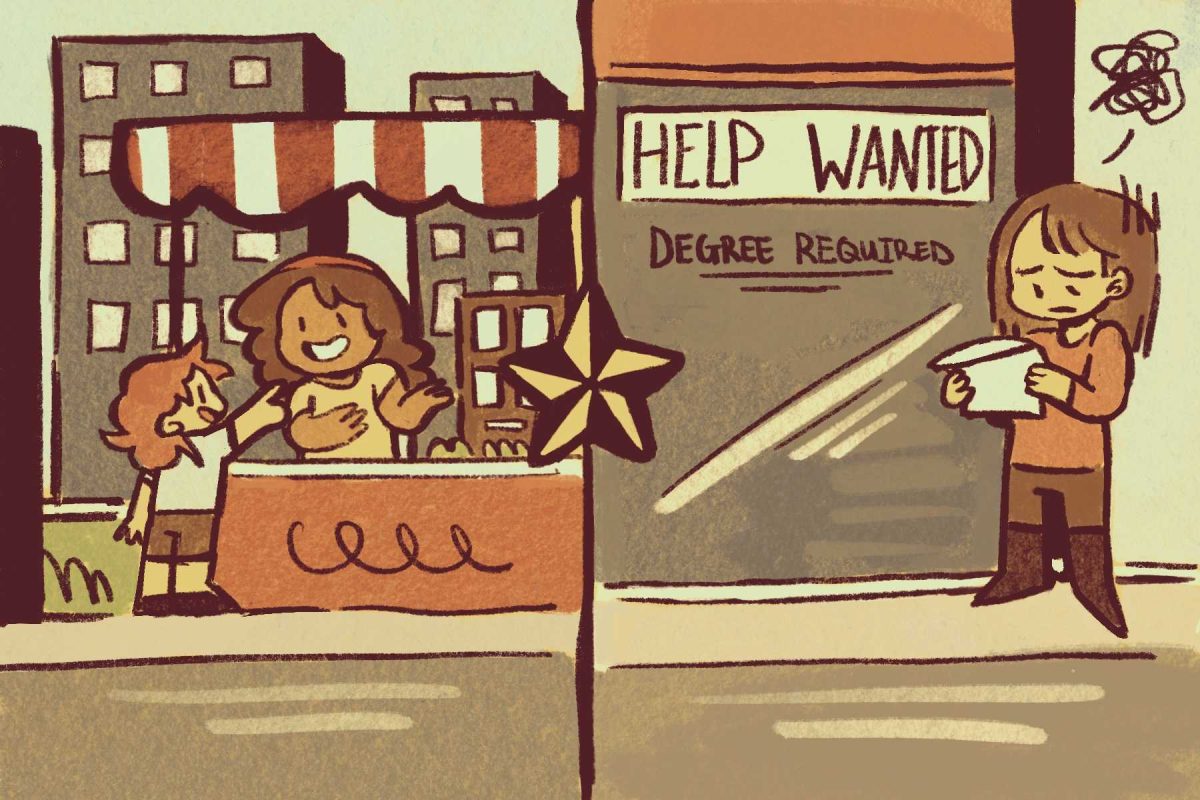


David Grisham • Nov 14, 2024 at 11:57 pm
This has got to be, hands down, the most blatant propaganda for censorship of free speech I have ever had the displeasure of reading. You might as well come out and say that anyone saying anything that hurts someone’s over sensitive feelings is considered hate and should be banned. How many times did you use the word “hate” in the blatant hit piece and yet you NEVER addressed the violence, theft, or vandalism by the students on that day. The hate you claim to despise is just a buzzword for support of censorship. Because the hate coming from the students far outweighed anything on our signs that day. Tell the pansies to grow a spine and learn to walk away from speech they don’t like.